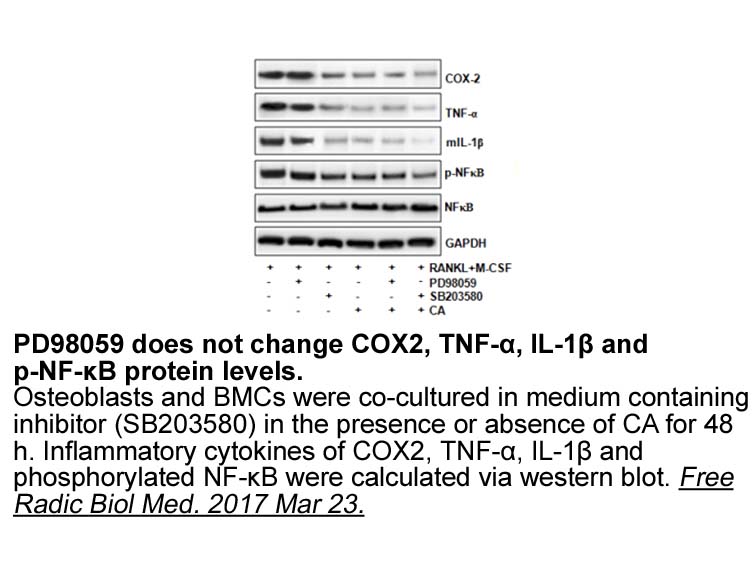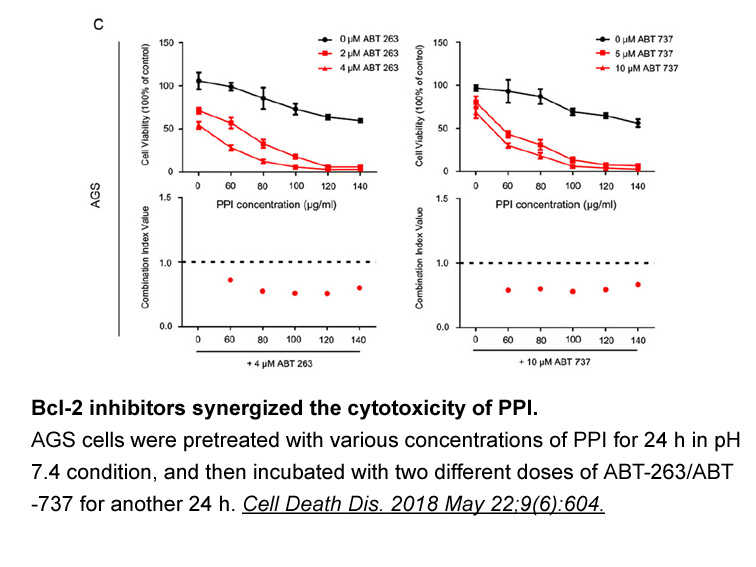Archives
- 2025-11
- 2025-10
- 2025-09
- 2025-03
- 2025-02
- 2025-01
- 2024-12
- 2024-11
- 2024-10
- 2024-09
- 2024-08
- 2024-07
- 2024-06
- 2024-05
- 2024-04
- 2024-03
- 2024-02
- 2024-01
- 2023-12
- 2023-11
- 2023-10
- 2023-09
- 2023-08
- 2023-06
- 2023-05
- 2023-04
- 2023-03
- 2023-02
- 2023-01
- 2022-12
- 2022-11
- 2022-10
- 2022-09
- 2022-08
- 2022-07
- 2022-06
- 2022-05
- 2022-04
- 2022-03
- 2022-02
- 2022-01
- 2021-12
- 2021-11
- 2021-10
- 2021-09
- 2021-08
- 2021-07
- 2021-06
- 2021-05
- 2021-04
- 2021-03
- 2021-02
- 2021-01
- 2020-12
- 2020-11
- 2020-10
- 2020-09
- 2020-08
- 2020-07
- 2020-06
- 2020-05
- 2020-04
- 2020-03
- 2020-02
- 2020-01
- 2019-12
- 2019-11
- 2019-10
- 2019-09
- 2019-08
- 2019-07
- 2019-06
- 2018-07
-
89 6 and PI K is a lipid kinase and generates phosphatidylin
2019-09-23

PI3K is a lipid kinase and generates phosphatidylinositol-(3,4,5)-trisphosphate, which is a second messenger critical for the translocation of Akt to the cytoplasmic membrane. The phosphorylation of Ser473 Akt is important in the cell survival by regulating the eNOS among other targets (Dimmeler et
-
The hepatic cytochrome P CYP superfamily
2019-09-23

The hepatic cytochrome P450 (CYP450) superfamily is essential for metabolising foreign chemicals, fatty acids, vitamins, hormones and other compounds and consists of 18 subfamilies (Uno et al., 2012). The number of discovered CYP genes is increasing as a result of intense work with CYP450 gene struc
-
The relatively less well studied encodes the
2019-09-23

The relatively less well-studied encodes the E2 type SUMO-conjugating enzyme. In plants, the SCE family members play roles in abiotic stress responses. An E2 enzyme, SaSce9, from plays roles in salinity and drought stress responses (). Furthermore, SCE can respond to heat stress in rice (). However,
-
Compounds and were synthesized according to
2019-09-21

Compounds and () were synthesized according to . Reductive amination of ethyl acetoacetate with aniline afforded ester . Saponification of followed by intramolecular Friedel–Crafts acylation afforded ketone . Amide formation with benzoyl chloride followed by a reductive amination yielded compound
-
We also identified a role for the
2019-09-21

We also identified a role for the transcription factor p53 in the regulation of the Crm1 promoter. p53 can activate or repress the transcription of target genes. While activation generally occurs through binding of p53 to its consensus binding site in the promoter region of target genes, for example
-
Various domains of the HSA molecule have
2019-09-21

Various domains of the HSA molecule have also been used to make bioconjugates with increased stability, better targeting properties, and/or extended half-lives in blood. For example, domain I of HSA has been used in the preparation of antibody conjugates. This was achieved through the use of a cyclo
-
Animal studies investigating the role of D dopamine receptor
2019-09-21

Animal studies investigating the role of D1 dopamine receptors in the PFC have focused on delayed response tasks, which require online maintenance of a previously presented stimulus. Striatal dopamine is thought to be important for flexibility and updating goal representations when new information i
-
br Particle swarm optimization for NLBP br Computational
2019-09-21

Particle swarm optimization for NLBP Computational tests Conclusions Acknowledgements This work was supported by the State Key Development Program for Basic Research of China (No. 2009CB421104) and the National Natural Science Foundation of China (Nos. 50809004 & 41071323). Main Text
-
br Chk and Chk mediated signaling act as
2019-09-21

Chk 1 and Chk 2 mediated signaling act as a barrier to tumorigenesis It was hypothesized recently that early events during tumorigenesis, such as the overexpression of oncogenes, lead to a DNA-damage response which, in turn halts tumor progression [44], [45], [46]. The DNA-damage response is prop
-
Soon after the discovery of ET
2019-09-21

Soon after the discovery of ET1 and the cloning of its ETA and ETB receptors, low-molecular-weight compounds were identified that can prevent the binding and effects of radioactively labeled ET1 3, 5, 6, 8. Initially, these ERAs resulted from screening efforts (e.g. BQ123 39, 49 and bosentan [50]).
-
Even minor alterations in the
2019-09-21

Even minor alterations in the surfactants structure could have consequences on their physico-chemical characteristics; mono-RLs have less solubility, stronger surfaces sorb, and stronger cationic metals binding than homologue di-RLs (Zhang et al., 1997). The HPLC separation of RLs structure is base
-
br Disclaimer Statement br Introduction The
2019-09-21

Disclaimer Statement Introduction The erythropoietin-producing hepatoma (Eph) receptors represent the largest class of receptor tyrosine kinases (RTKs). They are type I transmembrane proteins that interact with their membrane-bound ligands the ephrins and facilitate cell-to-cell contacts resul
-
In the previous study glutamyl endopeptidase of
2019-09-21

In the previous study glutamyl endopeptidase of B. intermedius has been reported to be distributed in the itk inhibitor of B. intermedius as follows: 90% of synthesized enzyme has been detected in the culture liquid, 9.3% of glutamyl endopeptidase—in the fraction of membrane proteins [20]. The distr
-
Nimodipine administration also inhibited the eIF
2019-09-21

Nimodipine administration also inhibited the eIF2α/ATF4 singnaling which is a crucial evolutionarily conserved adaptive pathway during cellular stresses including hypoxia and ischemia (Evans et al., 2016; Manwani and McCullough, 2013). While, the eIF2a/ATF4 pathway, activated by different forms of s
-
On the other hand the interaction of the Kaempferia
2019-09-21

On the other hand, the interaction of the Kaempferia parviflora extract with CYP3A was uncompetitive with a low Vmax value. In the in vivo study, the Kaempferia parviflora extract did not interfere with CYP3A activity throughout the entire duration of treatment. This is fortunate as CYP3A isoforms
14857 records 951/991 page Previous Next First page 上5页 951952953954955 下5页 Last page